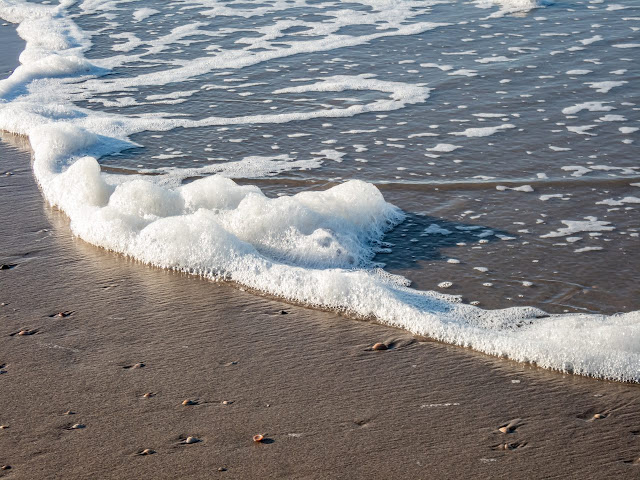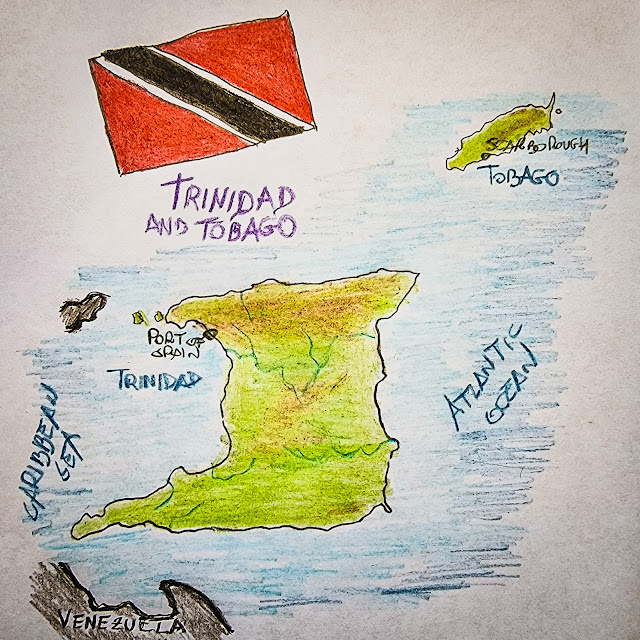The Plan B (just in case)

Every serious project has a contingency plan to ensure irs successful completion also in case of unavoidable problems and since our Calypso is far too important, we need our own plan B. Relocating to the Caribbean is not a simple task with a lot of aspects which has to fit together at the right time and sometime one single unexpected issue may be enough to stop the all plan. The geographical and cultural distance from Europe are positive aspects of the Caribbean but they may become problems in case of changes in our families or in the political and or economical status of countries. Similar porblems may prevent or make extremy difficult our relocation outside Europe. As divers we learned to accept the unexpected and therefore we are prepared to continue with the Calypso project witout changing its principles just the place, somwehere closer, an European destination. We looked at the map of Europe to find places which are warm through all the year, with great diving site, effortabl...










